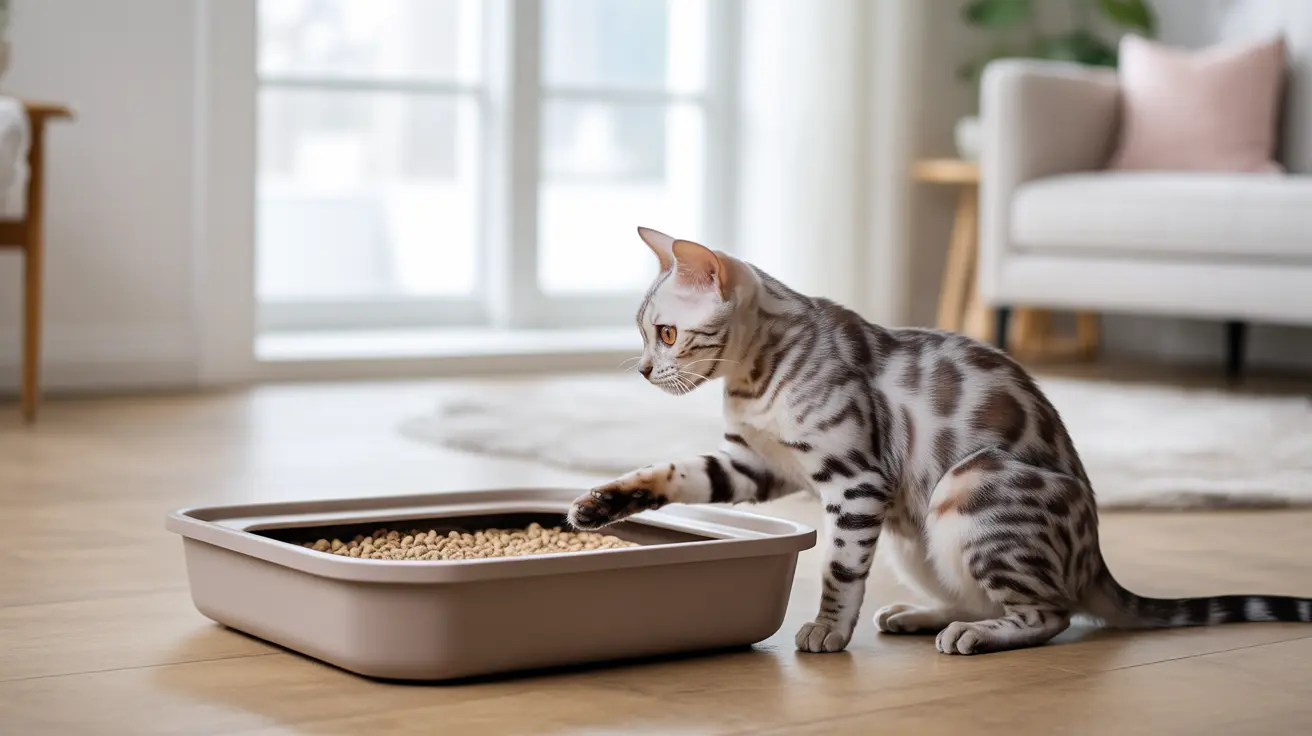Choosing the right cat litter isn't just about convenience and odor control – it's about safeguarding your pet's health and wellbeing. With numerous options available in the market, understanding which cat litter is safest for your feline friend has become increasingly important for responsible pet owners.
In this comprehensive guide, we'll explore the safest cat litter options available, examine potential health risks, and help you make an informed decision for your pet's litter box needs. Whether you're concerned about respiratory health, environmental impact, or chemical exposure, we've got you covered.
Understanding Different Types of Cat Litter and Their Safety Profiles
Traditional Clay Litter: Benefits and Risks
Clay litter, particularly sodium bentonite, remains the most popular choice due to its affordability and excellent clumping ability. However, it comes with several safety concerns:
- Respiratory issues from dust inhalation
- Potential intestinal blockages if ingested
- Environmental concerns due to strip mining
- Non-biodegradable waste contribution
Natural and Alternative Options
Several safer alternatives have emerged in recent years, offering improved health benefits and environmental sustainability:
- Tofu-based litter (dust-free and naturally clumping)
- Corn and wheat litters (biodegradable and renewable)
- Pine pellets (natural antimicrobial properties)
- Paper-based litter (ideal for sensitive cats and post-surgery recovery)
Health Considerations When Choosing Cat Litter
Respiratory Health
Dust-free formulations are crucial for protecting both cats and humans from respiratory issues. Natural options typically produce less dust than traditional clay litters, making them safer for cats with asthma or respiratory sensitivities.
Chemical Exposure
Many conventional litters contain artificial fragrances and chemicals that can irritate your cat's sensitive respiratory system and skin. Opt for unscented, natural options to minimize chemical exposure.
Best Practices for Safe Litter Box Management
Proper Maintenance
Regular cleaning and maintenance are essential for safe litter box use:
- Scoop waste daily
- Complete litter change every 2-3 weeks
- Regular box washing with mild, pet-safe cleaners
- Proper ventilation in litter box area
Location and Setup
Strategic placement of your litter box can enhance safety:
- Well-ventilated area
- Away from food and water sources
- Easily accessible for regular cleaning
- Multiple boxes for multi-cat households
Special Considerations for Vulnerable Cats
Some cats require extra attention when selecting litter:
- Kittens (avoid clumping clay litters)
- Senior cats with joint issues
- Cats recovering from surgery
- Cats with existing respiratory conditions
Frequently Asked Questions
What are the safest cat litter options for indoor use, considering both health and environmental factors?
The safest options include tofu-based, paper-based, and natural plant-based litters (corn, wheat, or pine). These alternatives produce minimal dust, are free from harmful chemicals, and are environmentally sustainable.
How do I choose the best cat litter for my cat's specific needs, such as allergies or respiratory issues?
For cats with sensitivities, opt for dust-free, unscented options like paper-based or tofu litter. Monitor your cat's reaction when introducing new litter, and consult with your veterinarian for specific recommendations based on your cat's health conditions.
What are the health risks associated with traditional clay cat litter, and what alternatives are recommended?
Traditional clay litter risks include respiratory issues from dust, potential intestinal blockages if ingested, and chemical exposure from additives. Natural alternatives like pine, paper, or plant-based litters offer safer options with fewer health risks.
How can I minimize dust and chemical exposure when using cat litter to ensure a healthier environment for both my cat and my family?
Choose low-dust or dust-free formulations, maintain good ventilation, use an enclosed litter box, and opt for natural, unscented varieties. Regular cleaning and proper placement of the litter box also help minimize exposure.
Are natural biodegradable cat litters, like corn or tofu, safe for cats and humans, and what are their benefits over traditional litters?
Natural biodegradable litters are generally safer for both cats and humans. They produce less dust, contain no artificial additives, are more environmentally friendly, and often offer better odor control through natural absorption properties.
Conclusion
When it comes to choosing the safest cat litter, natural, low-dust options typically offer the best balance of health protection and environmental responsibility. By considering your cat's specific needs and following proper maintenance practices, you can create a safer, healthier litter box environment for your feline friend.






